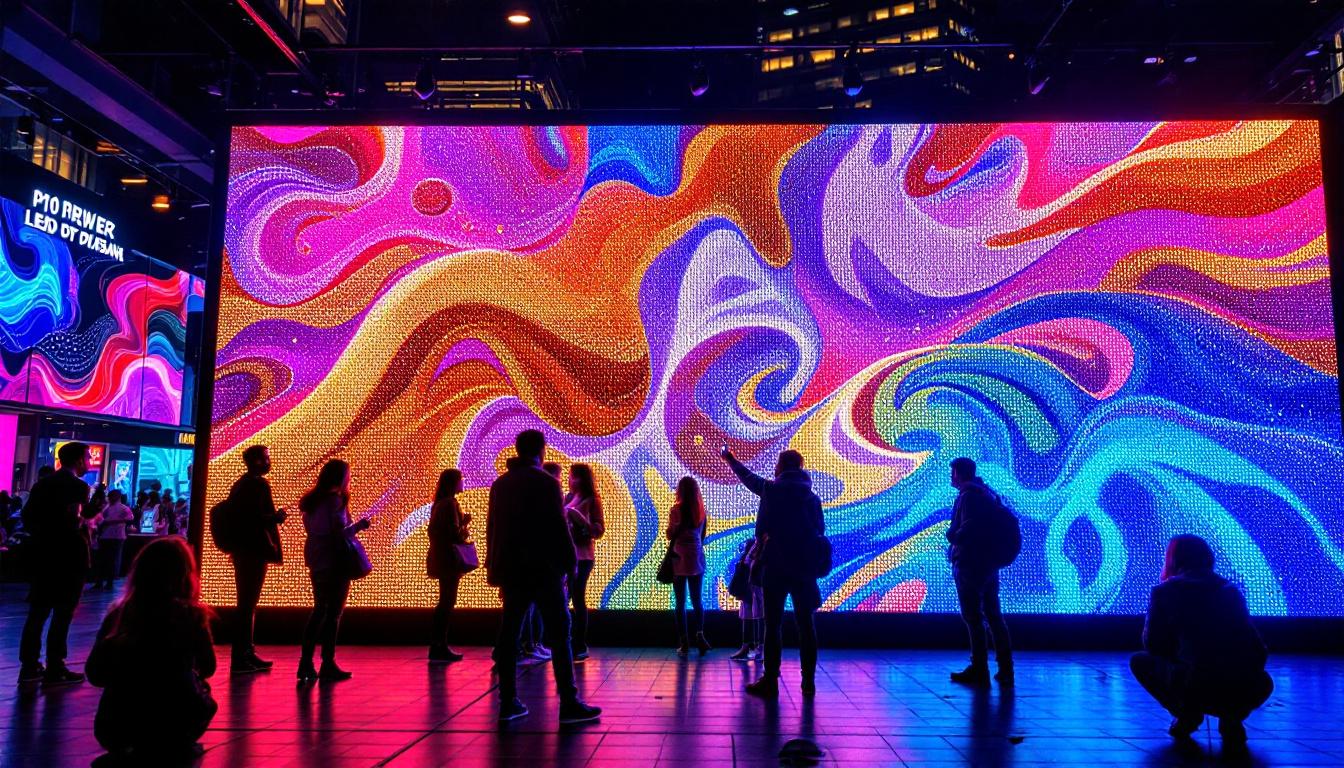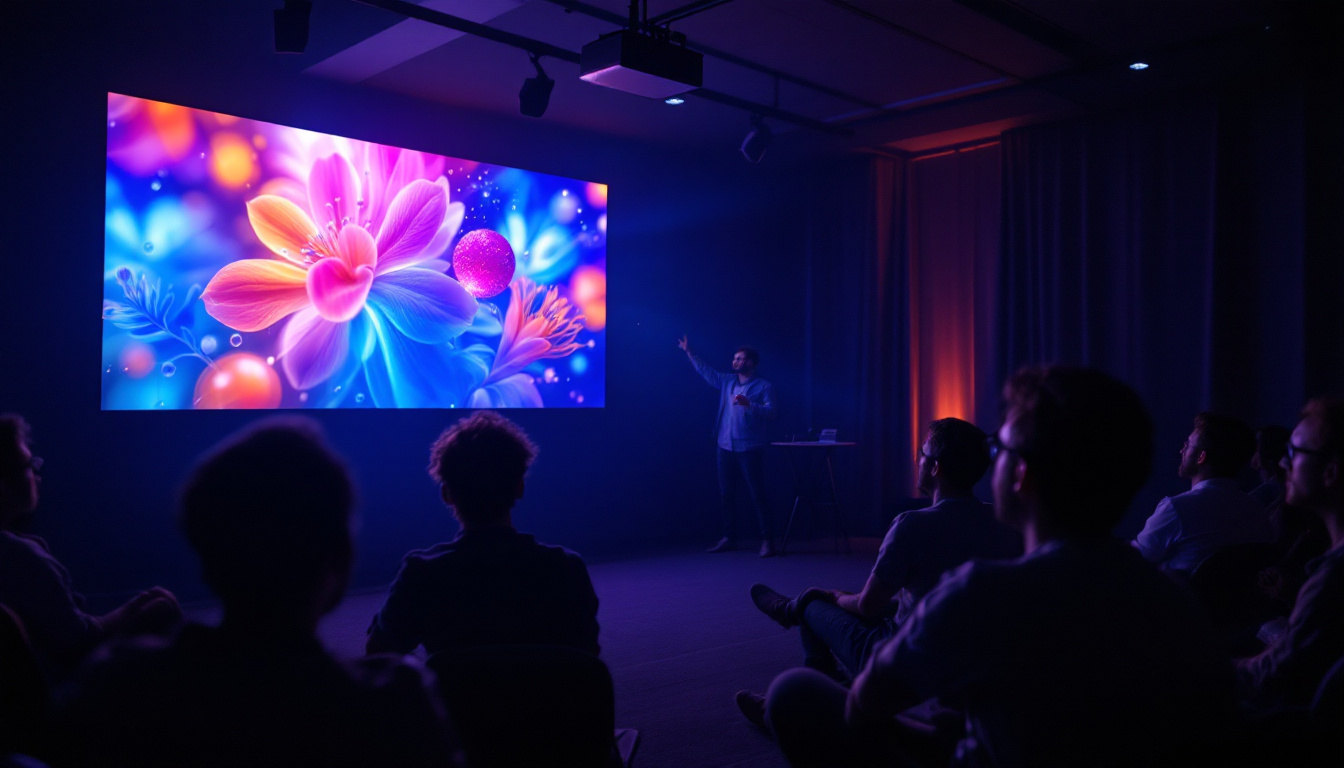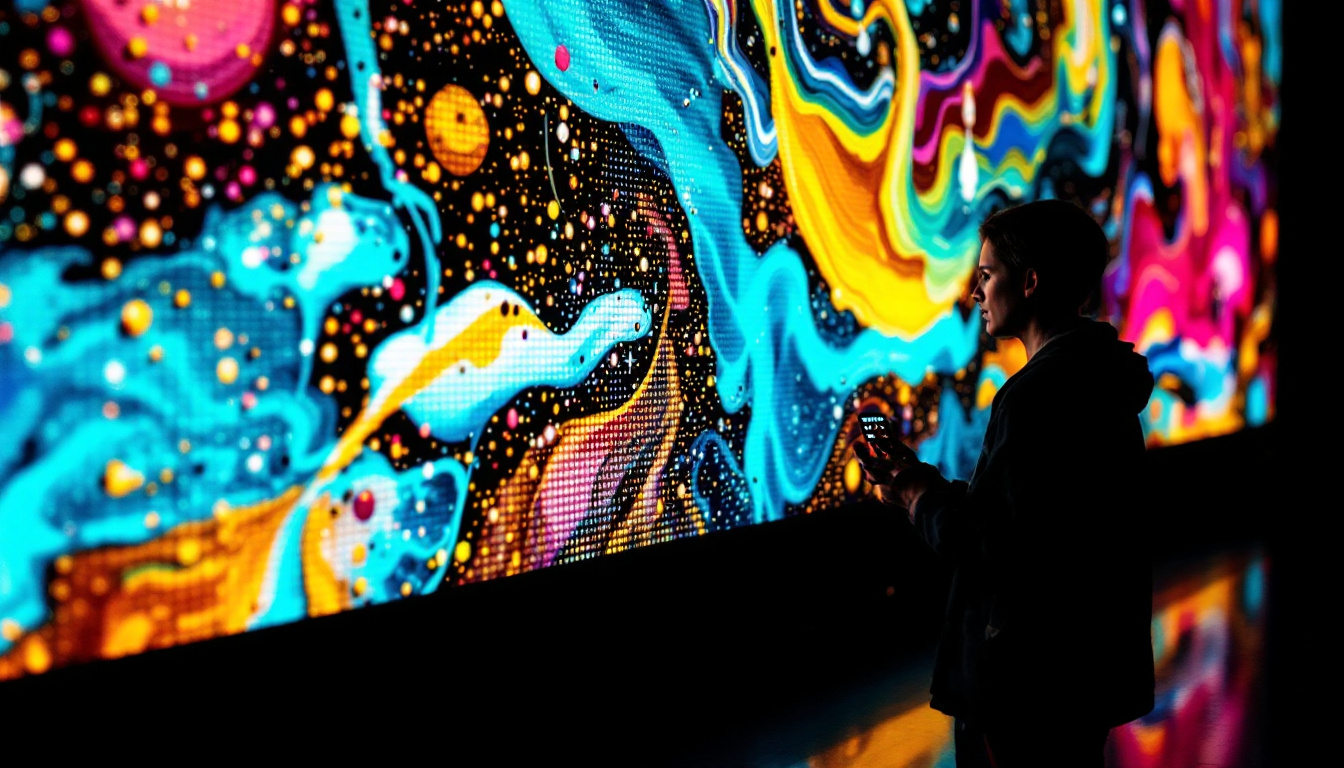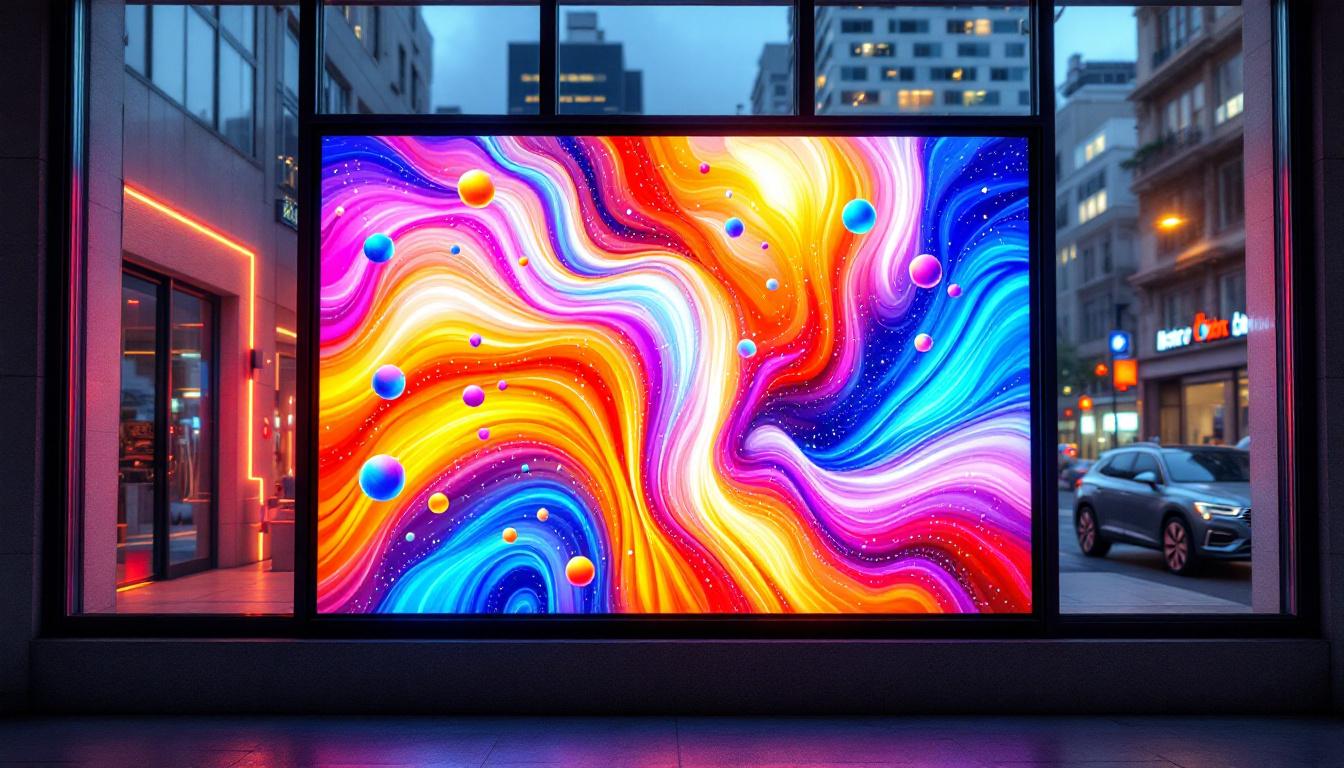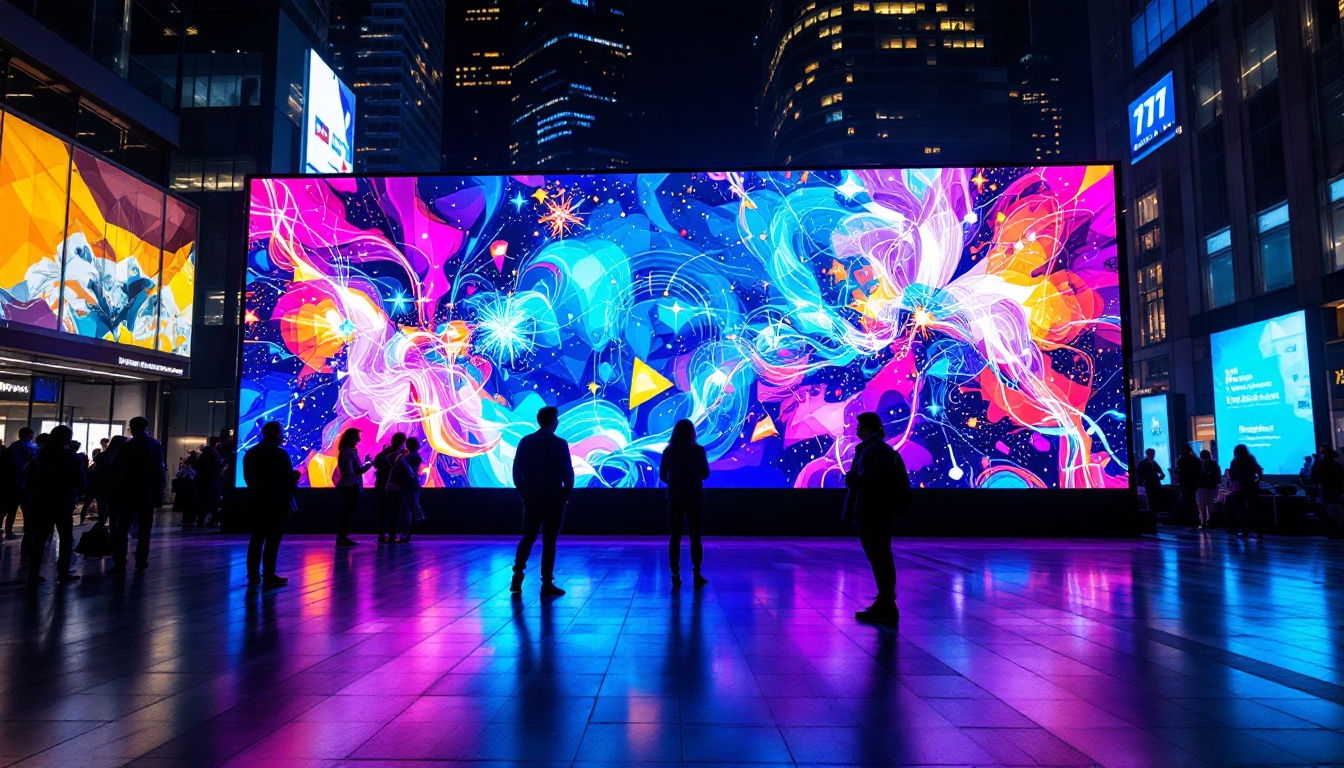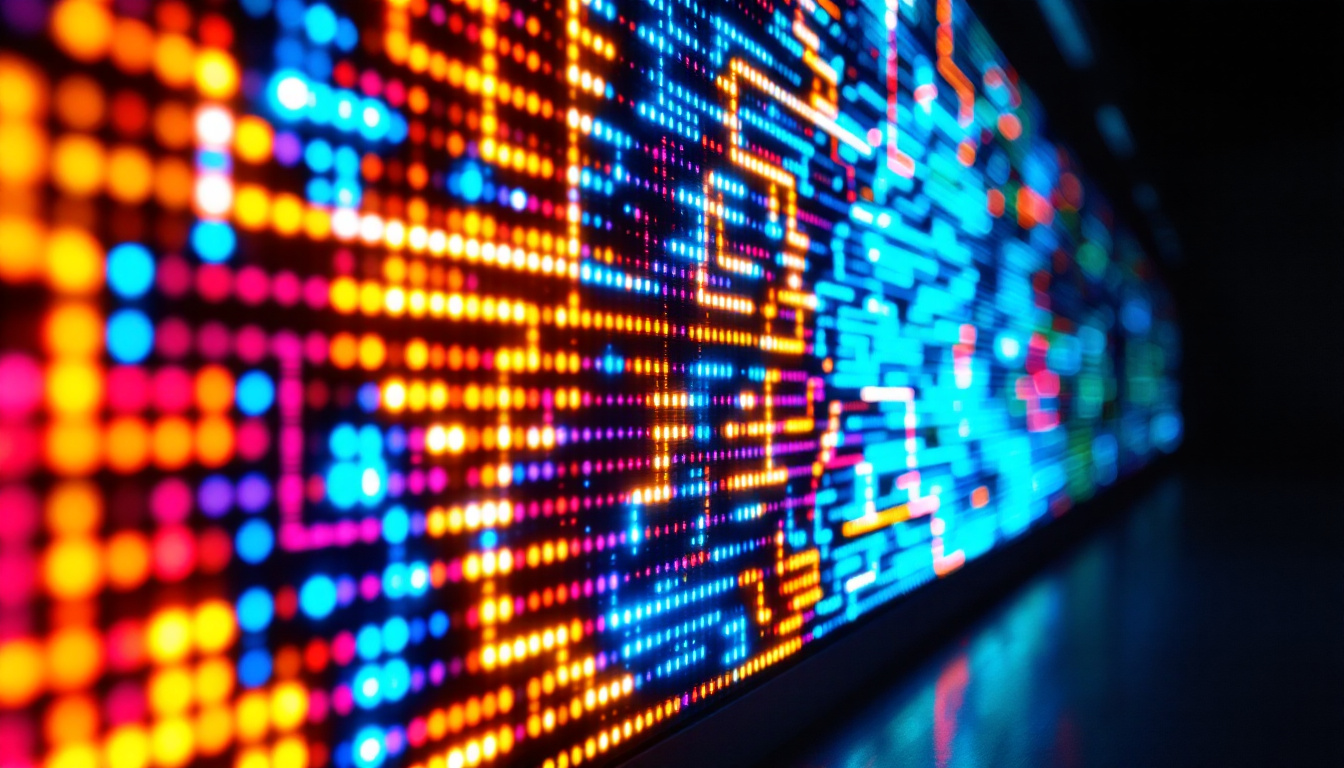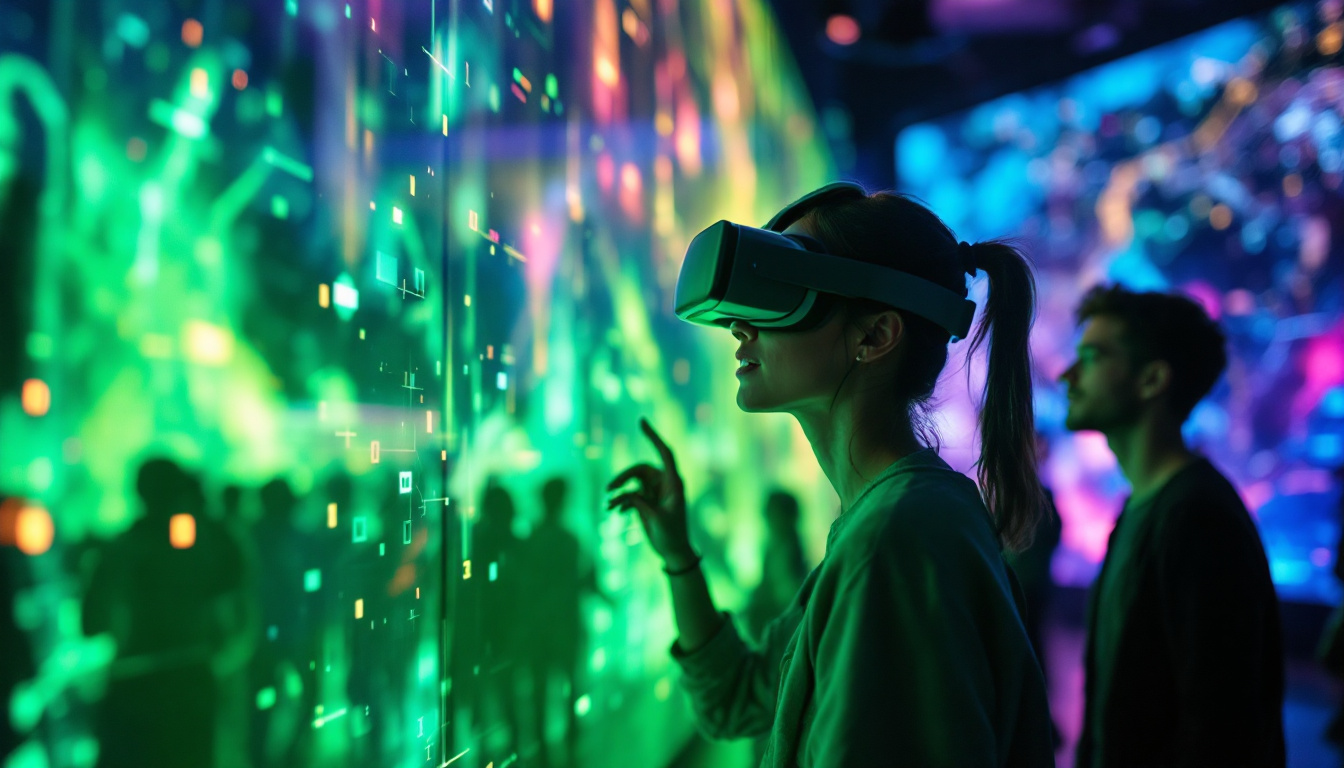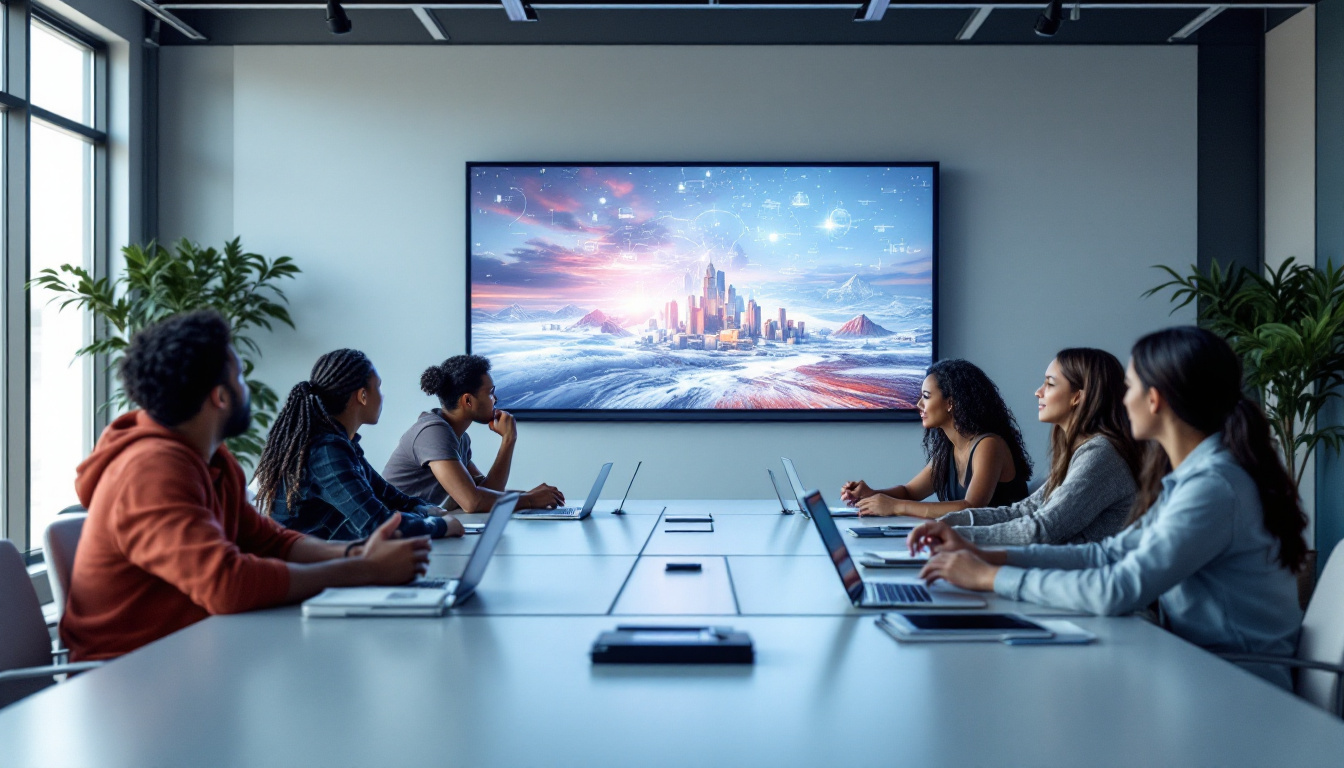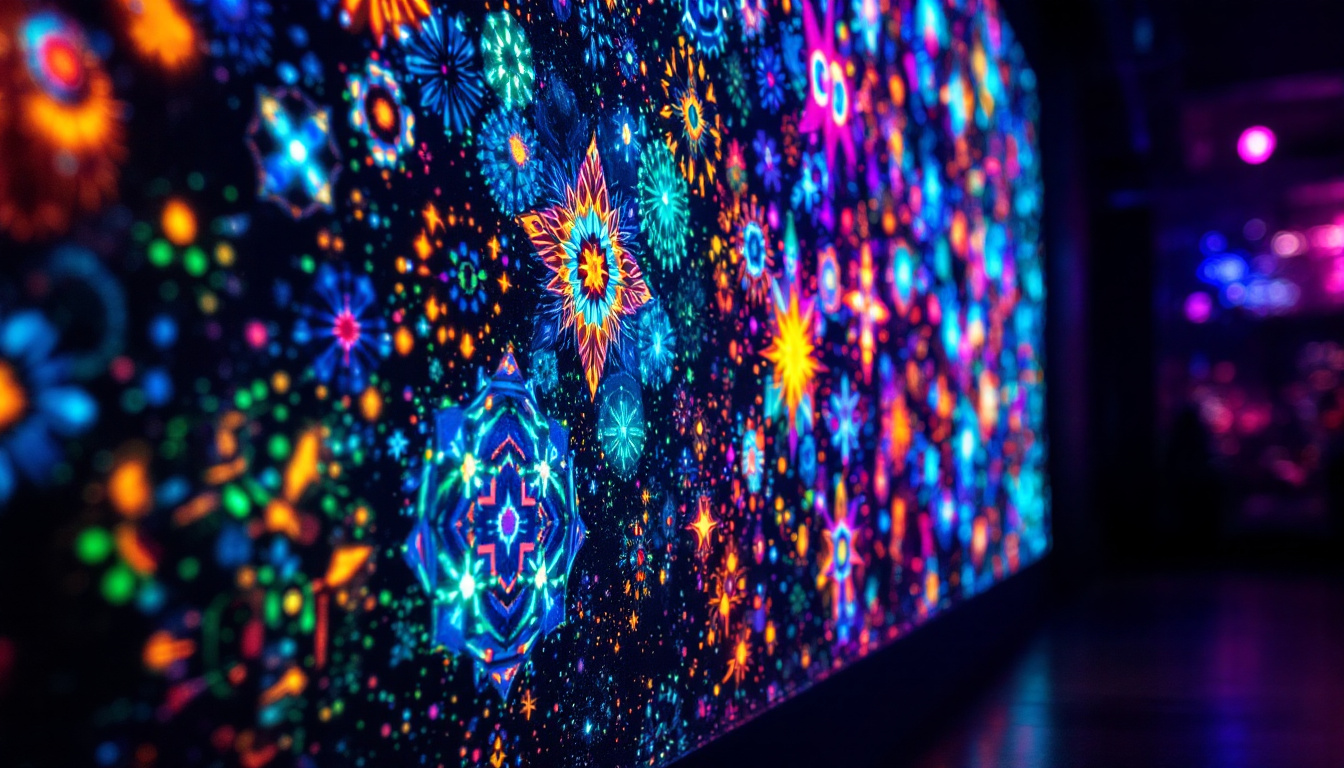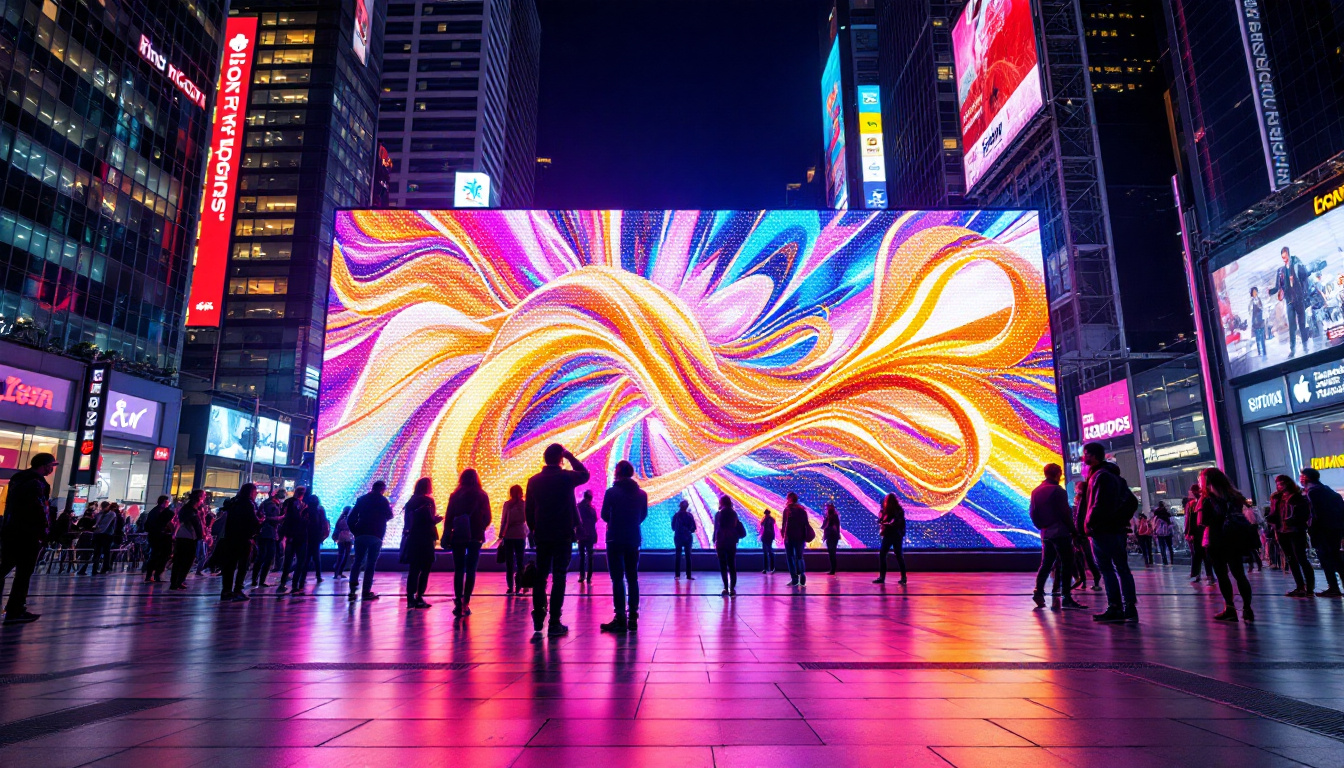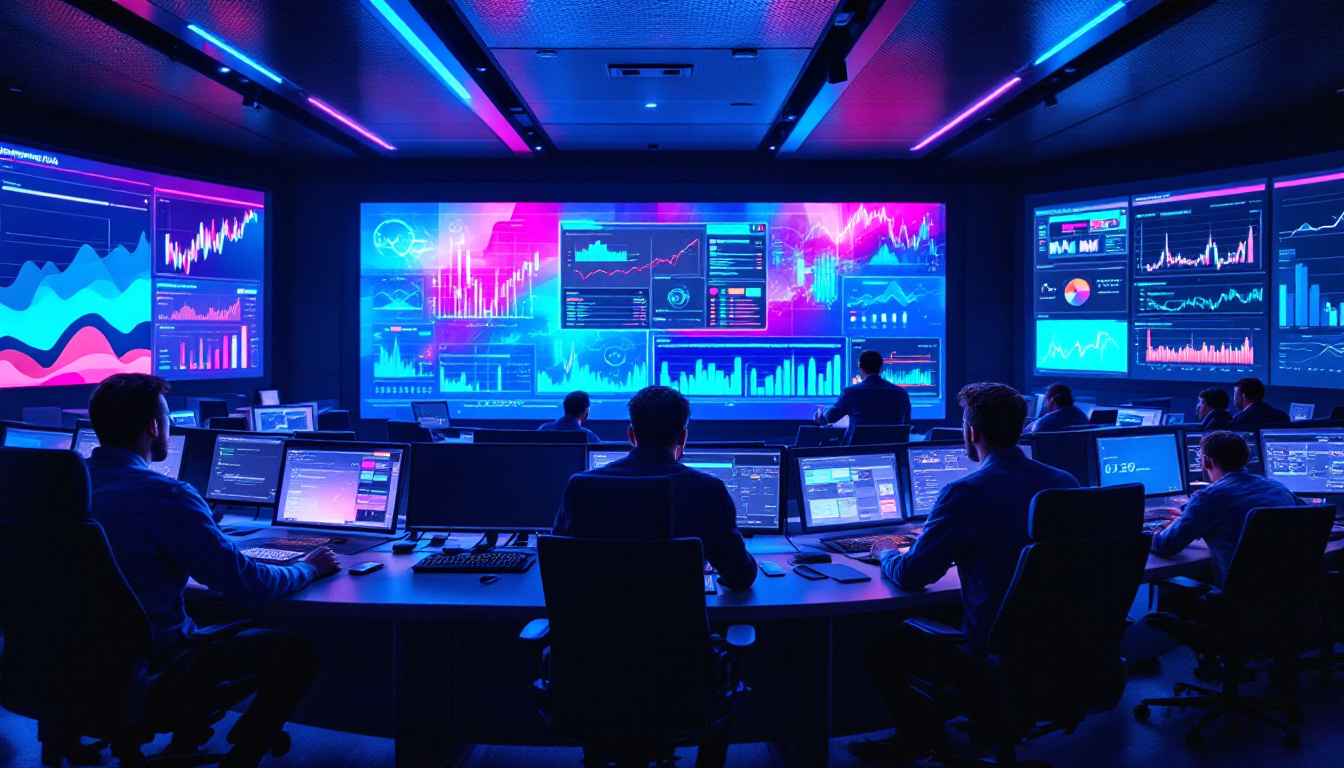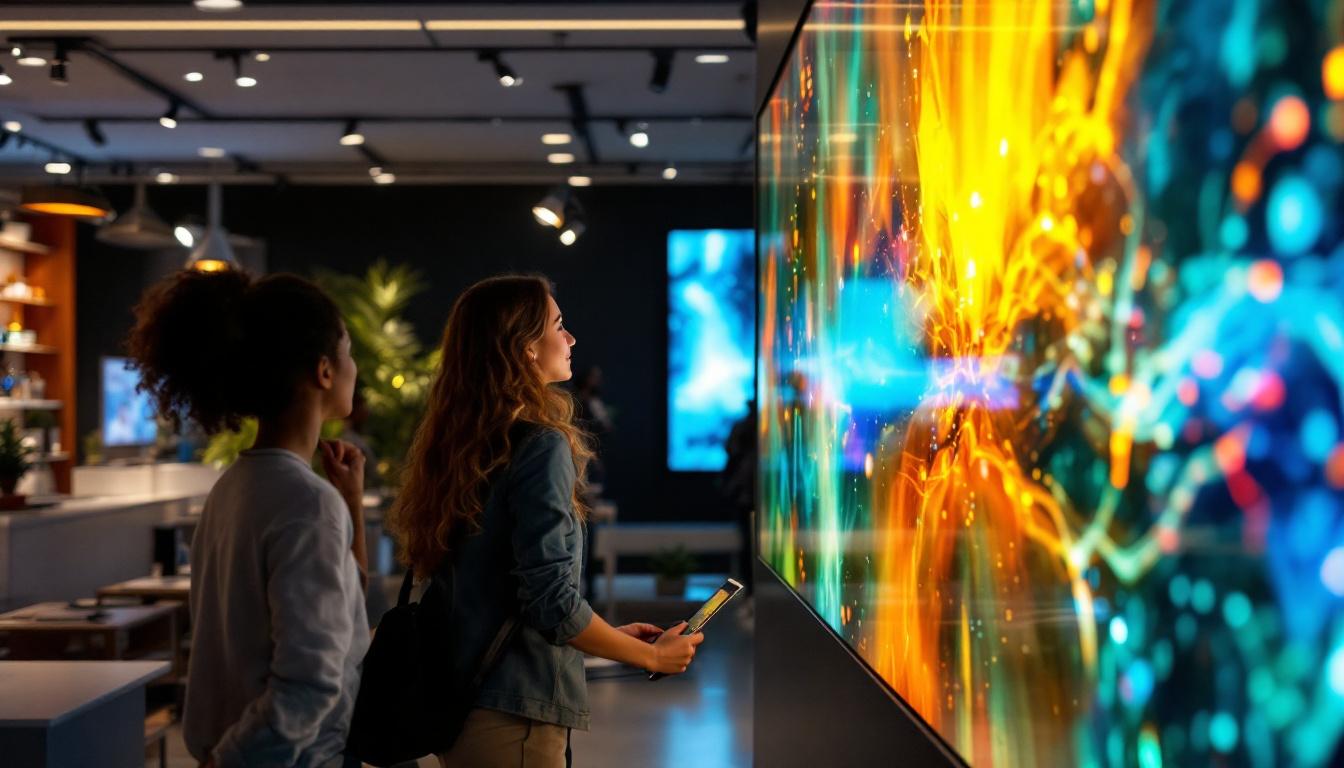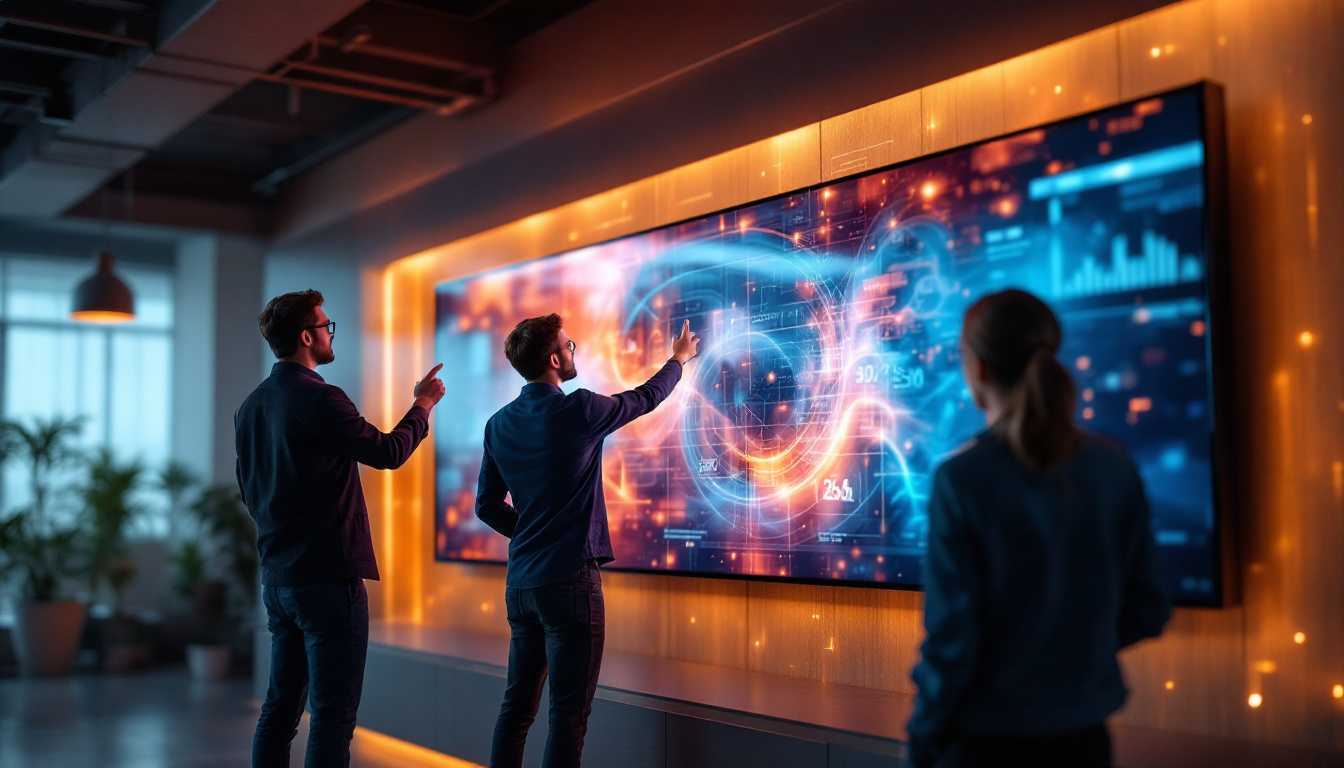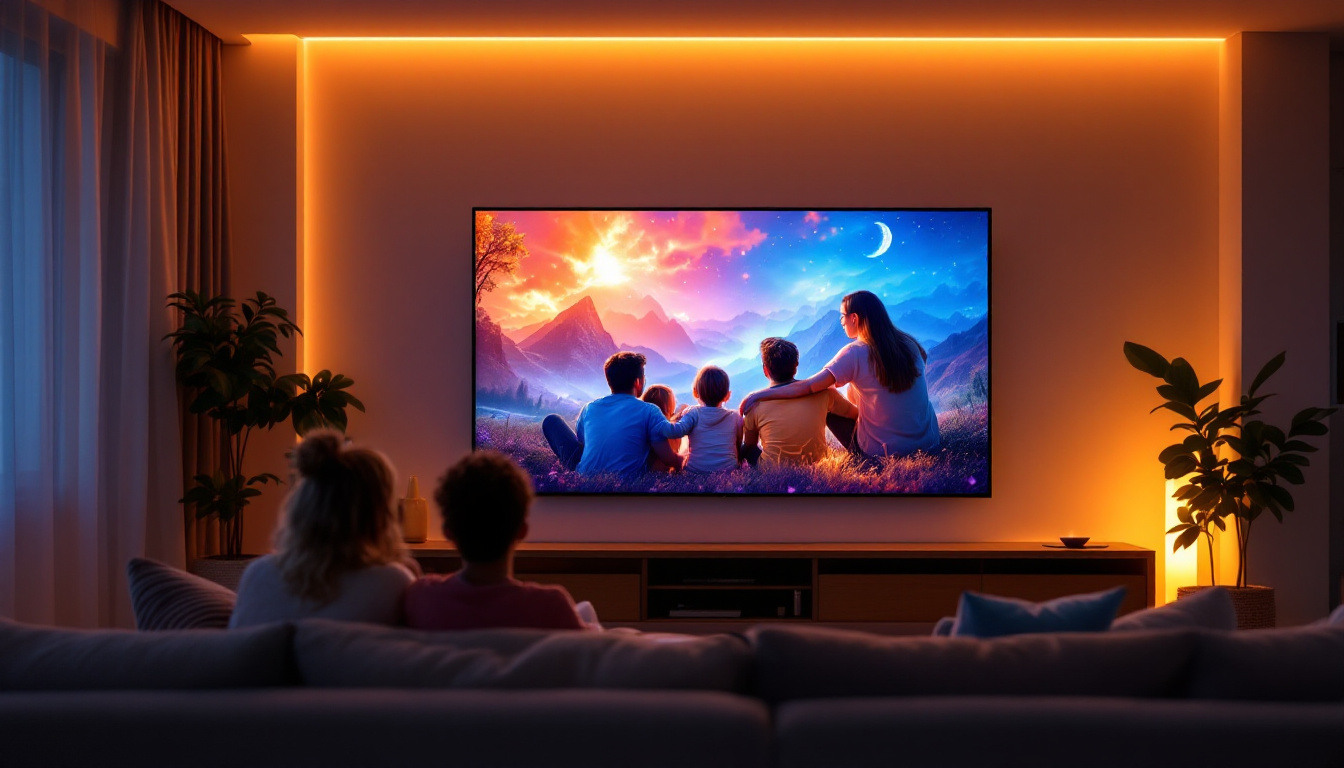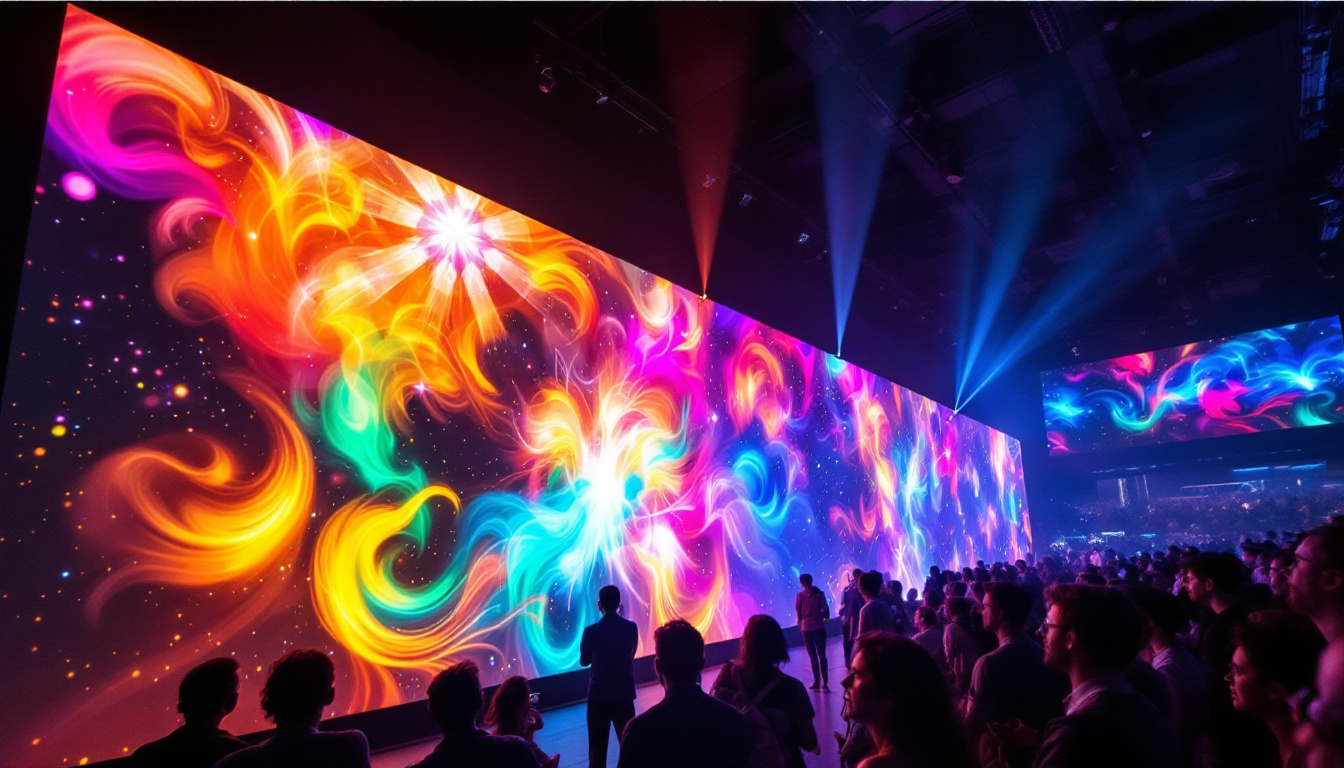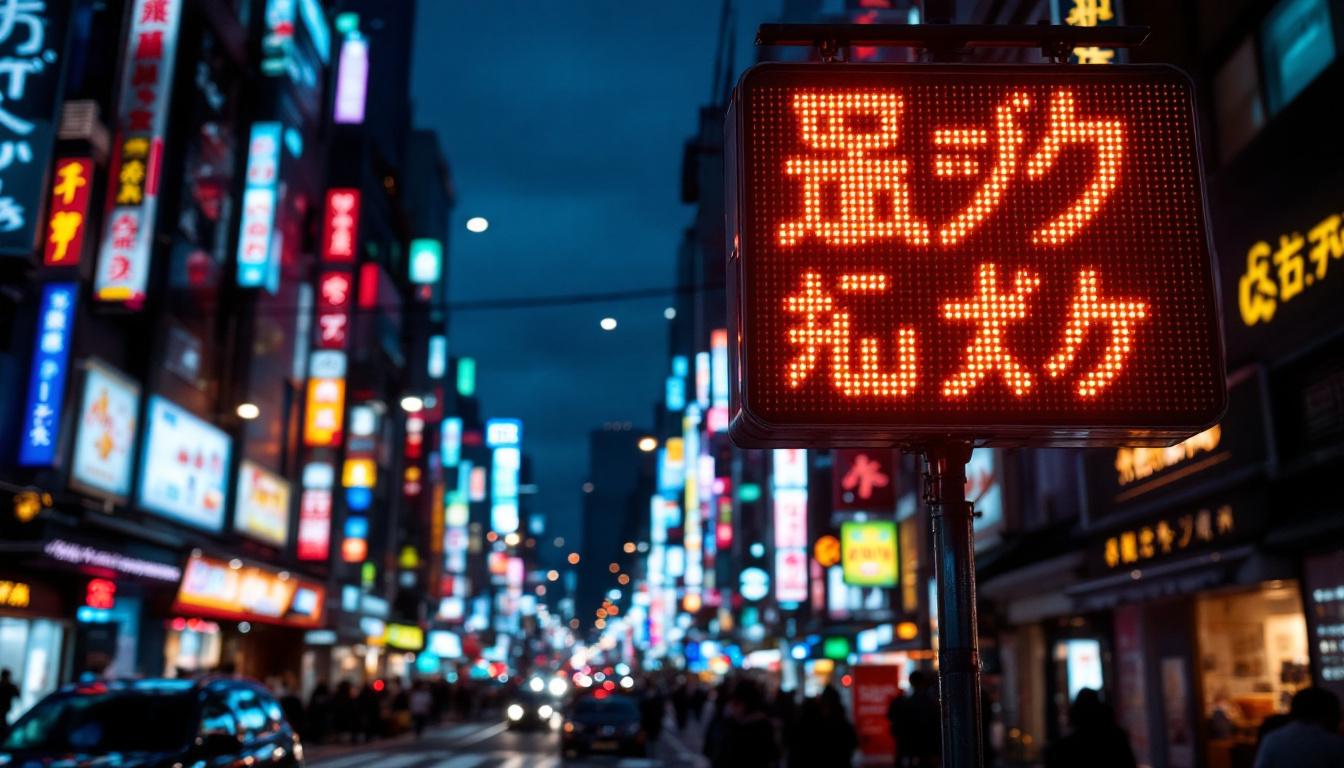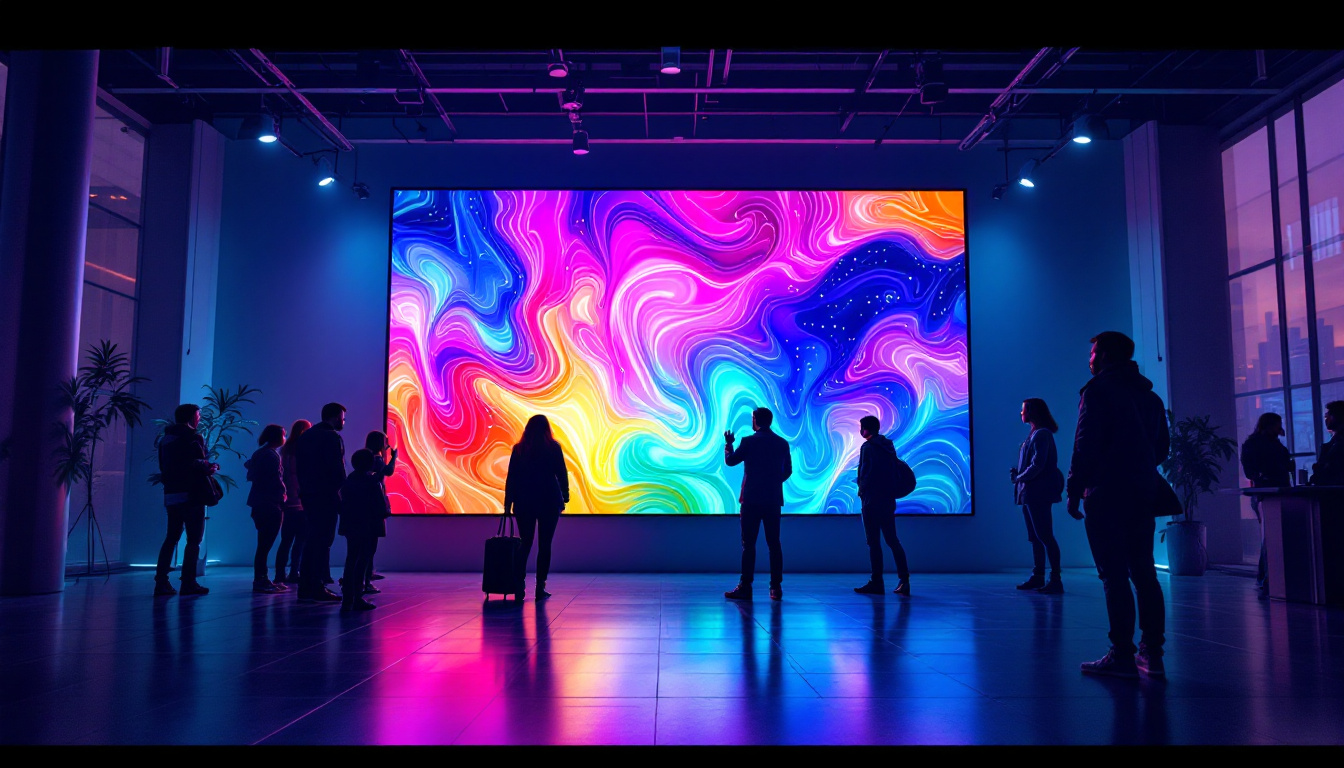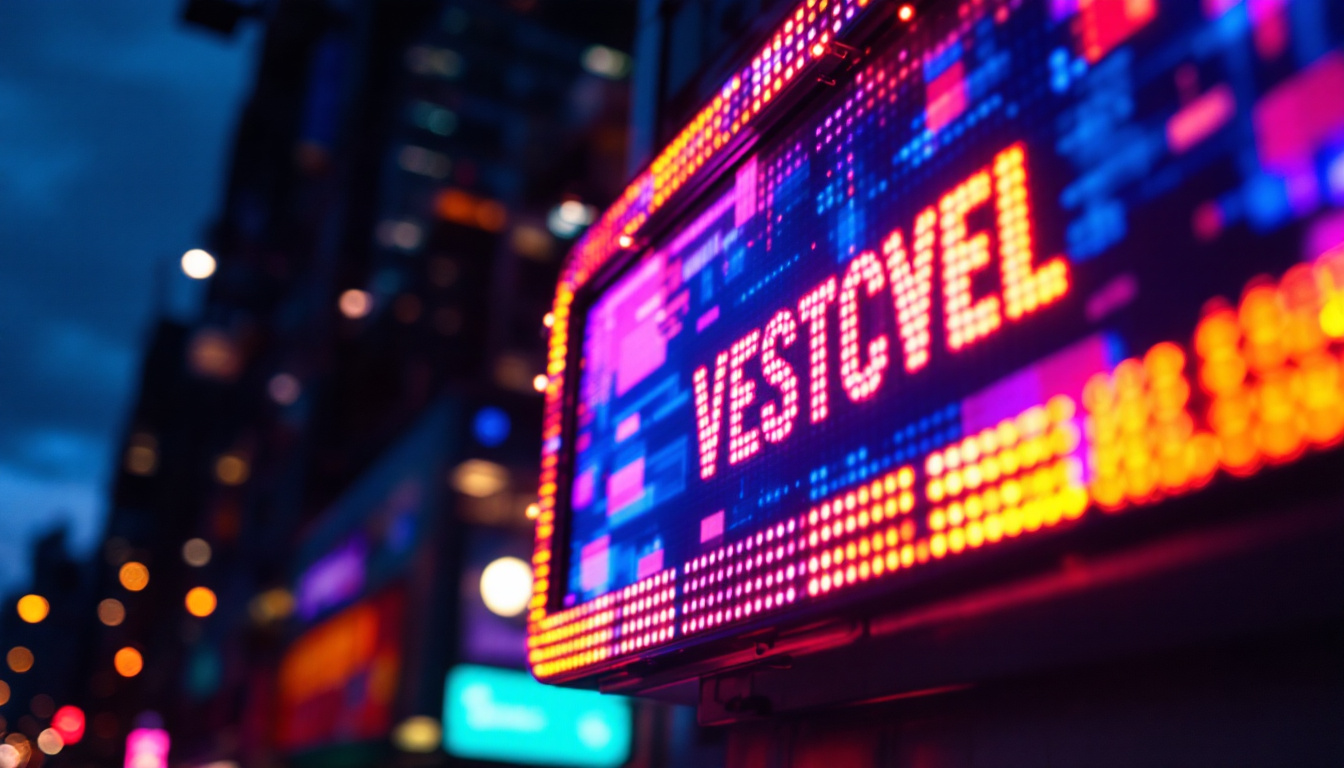In the rapidly evolving world of digital signage and visual communication, LED displays have become a cornerstone technology. Among the many varieties available, the P10 LED display stands out for its versatility, cost-effectiveness, and clarity. This article delves into what a P10 LED display is, how it works, its applications, and why it remains a popular choice for businesses and event organizers worldwide.
Understanding the Basics: What is a P10 LED Display?
The term “P10” refers to the pixel pitch of the LED display, which is the distance between the centers of two adjacent pixels. In the case of a P10 LED display, this distance is 10 millimeters. Pixel pitch is a critical factor because it directly influences the resolution and viewing distance of the screen.
LED displays are composed of numerous tiny light-emitting diodes (LEDs) arranged in a grid. Each LED acts as a pixel that can emit different colors and brightness levels to form images, videos, or text. The smaller the pixel pitch, the higher the resolution and the closer a viewer can stand to the screen without noticing pixelation.
With a 10mm pixel pitch, P10 LED displays offer a balance between image clarity and cost, making them suitable for medium to large viewing distances, typically from 10 meters and beyond. This makes them ideal for outdoor advertising, stadium screens, and public information displays.
In addition to their versatility in various environments, P10 LED displays are known for their durability and energy efficiency. Constructed with robust materials, these displays can withstand harsh weather conditions, making them a reliable choice for outdoor use. Furthermore, advancements in LED technology have led to displays that consume less power while providing brighter images, which is a significant advantage for businesses looking to reduce operational costs.
Moreover, P10 LED displays can be easily integrated with modern technology, allowing for dynamic content updates and real-time information sharing. This capability is particularly beneficial for applications such as live event broadcasting, where timely updates are crucial. Advertisers can change their messages on-the-fly, tailoring content to specific audiences or events, thus maximizing engagement and impact. The combination of durability, energy efficiency, and technological integration makes P10 LED displays a popular choice across various industries.
Technical Specifications and Features of P10 LED Displays
Pixel Pitch and Resolution
The 10mm pixel pitch means that each pixel is spaced 10 millimeters apart, which translates to 100 pixels per meter. For example, a 1-meter by 1-meter P10 LED panel would contain approximately 10,000 pixels (100 x 100). This resolution is sufficient for viewing content clearly from a distance but may appear less sharp when viewed up close.
Compared to smaller pixel pitches like P4 or P6, which are designed for close-range viewing, P10 displays are optimized for outdoor environments where viewers are typically further away. The pixel pitch also affects the overall size and weight of the display, with larger pitches generally resulting in lighter and more cost-effective panels. Additionally, the choice of pixel pitch can significantly impact the overall viewing experience; for instance, P10 displays are often employed in large-scale advertising campaigns and public events where high visibility from significant distances is paramount. This makes them an ideal choice for stadiums, concert venues, and busy urban areas where foot traffic is high.
Brightness and Visibility
One of the standout features of P10 LED displays is their high brightness levels, often exceeding 5,000 nits. This brightness ensures excellent visibility even under direct sunlight, which is crucial for outdoor advertising and public information boards. The LEDs can be adjusted dynamically to optimize visibility in different lighting conditions, from bright daylight to nighttime.
High brightness also contributes to energy efficiency. Modern P10 LED modules use advanced LED chips that consume less power while maintaining brightness, making them more environmentally friendly and cost-effective over time. Furthermore, the ability to control brightness not only enhances visibility but also extends the lifespan of the display, as it reduces strain on the components. This feature is particularly beneficial for businesses that operate 24/7, as they can adjust the display settings based on the time of day or specific events, ensuring that their messaging is always clear and engaging.
Durability and Weather Resistance
P10 LED displays are typically designed for outdoor use, so they come with robust protective features. Most panels have an IP65 or higher rating, meaning they are dust-tight and water-resistant. This ensures reliable operation in various weather conditions, including rain, snow, and extreme temperatures.
The housing is usually made of aluminum or other corrosion-resistant materials, providing structural strength without adding excessive weight. This durability makes P10 LED displays a long-term investment for businesses looking to maintain their signage year-round. Moreover, many P10 displays are equipped with additional features such as anti-glare coatings and UV protection, which help to preserve the vibrancy of the colors and images displayed over time. This resilience not only enhances the aesthetic appeal of the signage but also minimizes maintenance costs, allowing businesses to focus on their core operations rather than frequent repairs or replacements. As a result, P10 LED displays are increasingly becoming the go-to choice for companies aiming to make a lasting impression in competitive markets.
Applications of P10 LED Displays
Outdoor Advertising and Billboards
One of the most common uses of P10 LED displays is in outdoor advertising. Their ability to deliver bright, eye-catching visuals from a distance makes them ideal for billboards along highways, city streets, and shopping centers. Advertisers benefit from the dynamic content capabilities, allowing them to change messages quickly and target different audiences throughout the day.
For example, a retail chain might use a P10 LED billboard to promote morning coffee specials during breakfast hours and switch to dinner promotions in the evening, maximizing the impact of their advertising spend.
Sports Arenas and Event Venues
Sports stadiums and event venues often utilize P10 LED displays for scoreboards, advertising, and live video feeds. The large size and high brightness ensure that spectators can easily follow the action from any seat in the stadium. Additionally, the durability of P10 panels makes them suitable for outdoor arenas exposed to the elements.
Major sporting events, such as football matches and concerts, rely on these displays to enhance the spectator experience by providing real-time updates, replays, and engaging advertisements.
Public Information and Transportation Hubs
Transportation hubs like bus stations, train stations, and airports use P10 LED displays to provide travelers with timely information. These displays can show schedules, delays, safety messages, and other critical announcements clearly and reliably.
Given the high foot traffic and diverse lighting conditions in these environments, the brightness and weather resistance of P10 LED displays make them an excellent choice for maintaining clear communication with the public.
Advantages and Limitations of P10 LED Displays
Advantages
- Cost-Effectiveness: P10 displays are generally more affordable than smaller pitch LED screens, making them accessible for a wide range of applications.
- Visibility: High brightness and large pixel size make them perfect for long-distance viewing, especially outdoors.
- Durability: Designed to withstand harsh weather conditions, ensuring longevity and minimal maintenance.
- Flexibility: Modular design allows for easy installation, maintenance, and scalability.
Limitations
- Resolution: The 10mm pixel pitch limits the resolution, making P10 displays less suitable for close-up viewing or applications requiring fine detail.
- Viewing Distance: Not ideal for indoor use or areas where viewers are within a few meters of the screen.
- Weight and Size: Larger pixel pitch panels can be bulkier, which might limit their use in certain compact or lightweight installations.
Choosing the Right LED Display: Is P10 the Best Option?
When selecting an LED display, it’s essential to consider the specific requirements of the intended application. P10 LED displays excel in outdoor environments where viewers are at a moderate to long distance from the screen. Their brightness, durability, and cost-effectiveness make them a practical choice for billboards, stadiums, and public information systems.
However, if the goal is to deliver high-resolution content for close-range viewing, such as in retail stores, conference rooms, or indoor exhibitions, smaller pixel pitch options like P4 or P6 might be more appropriate despite the higher cost.
Ultimately, the decision should balance factors such as viewing distance, budget, environmental conditions, and content type. Consulting with LED display manufacturers or specialists can help tailor the solution to meet these needs effectively.
Future Trends in LED Display Technology
The LED display industry continues to innovate rapidly, with trends that will impact the future use of P10 and other pixel pitch displays. Advances in LED chip technology are enabling higher brightness with lower power consumption, which benefits all types of LED screens.
Moreover, the integration of smart technologies, such as IoT connectivity and AI-driven content management, is transforming how LED displays are used. For instance, dynamic content can be adjusted in real-time based on audience demographics, weather conditions, or traffic patterns, enhancing engagement and effectiveness.
Additionally, flexible and transparent LED displays are emerging, expanding the possibilities for creative installations in architecture and retail. While P10 remains a solid choice for many outdoor applications today, staying informed about these advancements can help businesses future-proof their digital signage investments.
Conclusion
The P10 LED display is a versatile and reliable solution for outdoor digital signage, offering a compelling balance between cost, visibility, and durability. Its 10mm pixel pitch makes it ideal for medium to long viewing distances, ensuring that messages are delivered clearly and effectively in various environments.
From advertising billboards to sports arenas and public information systems, P10 LED displays continue to play a vital role in visual communication. Understanding their technical features, applications, and limitations helps businesses and organizations make informed decisions when investing in LED display technology.
As LED technology evolves, P10 displays remain a foundational option, combining proven performance with ongoing improvements in brightness, energy efficiency, and smart capabilities. For those seeking impactful outdoor digital signage, the P10 LED display remains a trusted and practical choice.
Discover LumenMatrix’s Advanced LED Display Solutions
Ready to elevate your visual communication strategy with cutting-edge LED technology? LumenMatrix offers a comprehensive range of LED display solutions tailored to meet your needs. From vibrant outdoor displays to innovative indoor signage, our products are designed to captivate your audience and amplify your message. Experience the future of digital signage with LumenMatrix’s Indoor LED Wall Display, Outdoor LED Wall Display, and more. Check out LumenMatrix LED Display Solutions today and transform your brand’s visual impact.

